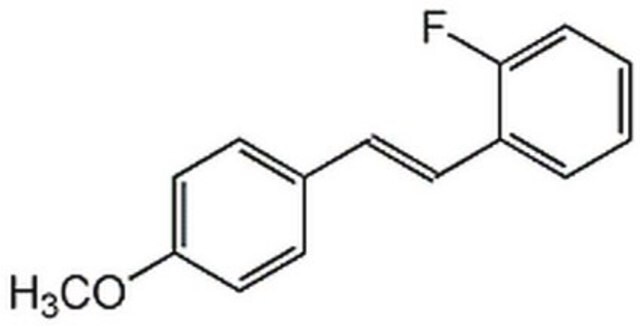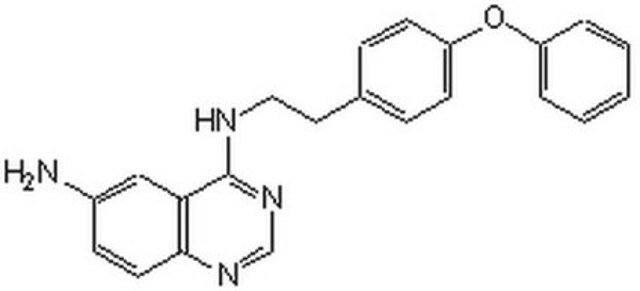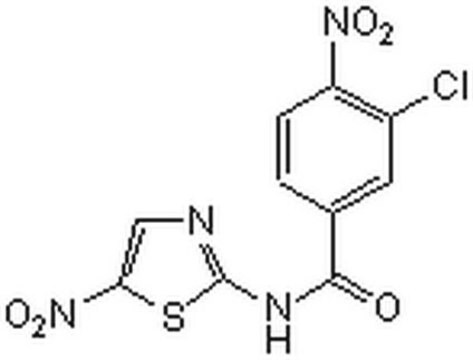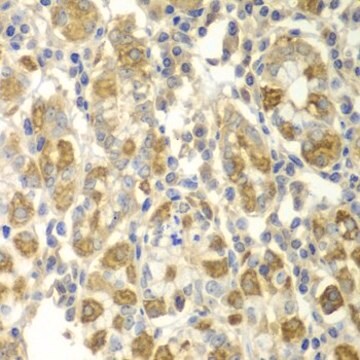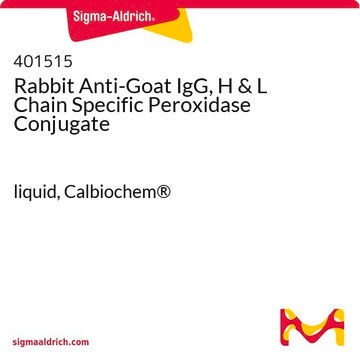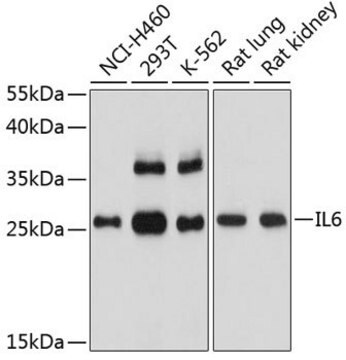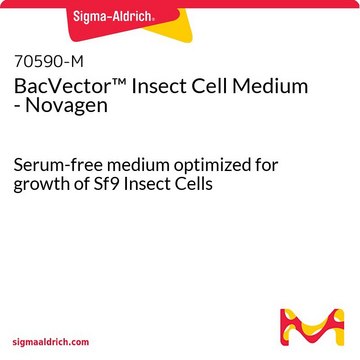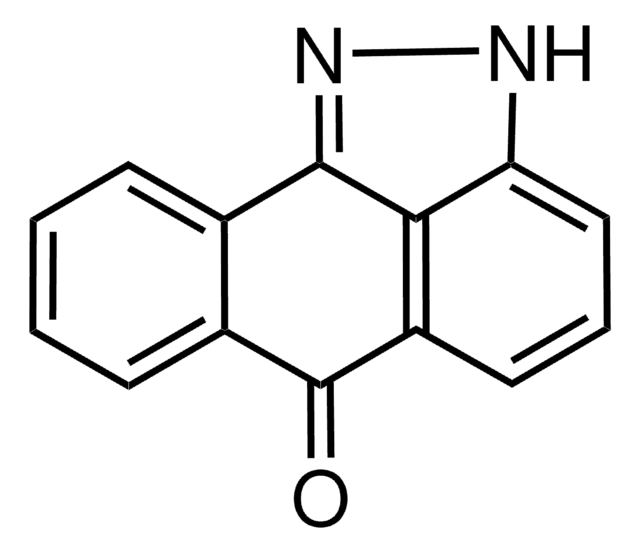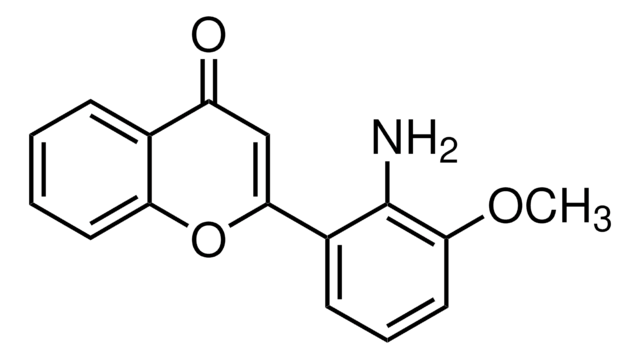481406
NF-κB Activation Inhibitor
The NF-κB Activation Inhibitor, also referenced under CAS 545380-34-5, controls the biological activity of NF-κB. This small molecule/inhibitor is primarily used for Inflammation/Immunology applications.
Synonim(y):
6-amino-4-(4-fenoksyfenyloetyloamino)chinazolina
About This Item
Polecane produkty
Poziom jakości
Próba
≥98% (HPLC)
Formularz
solid
producent / nazwa handlowa
Calbiochem®
warunki przechowywania
OK to freeze
protect from light
kolor
off-white
rozpuszczalność
DMSO: 5 mg/mL
Warunki transportu
ambient
temp. przechowywania
2-8°C
ciąg SMILES
N(CCc3ccc(cc3)Oc4ccccc4)c1ncnc2c1cc(cc2)N
InChI
1S/C22H20N4O/c23-17-8-11-21-20(14-17)22(26-15-25-21)24-13-12-16-6-9-19(10-7-16)27-18-4-2-1-3-5-18/h1-11,14-15H,12-13,23H2,(H,24,25,26)
Klucz InChI
IBAKVEUZKHOWNG-UHFFFAOYSA-N
Opis ogólny
Działania biochem./fizjol.
NF-κB transcriptional activation
Opakowanie
Ostrzeżenie
Rekonstytucja
Inne uwagi
Informacje prawne
Kod klasy składowania
11 - Combustible Solids
Klasa zagrożenia wodnego (WGK)
WGK 3
Certyfikaty analizy (CoA)
Poszukaj Certyfikaty analizy (CoA), wpisując numer partii/serii produktów. Numery serii i partii można znaleźć na etykiecie produktu po słowach „seria” lub „partia”.
Masz już ten produkt?
Dokumenty związane z niedawno zakupionymi produktami zostały zamieszczone w Bibliotece dokumentów.
Klienci oglądali również te produkty
Nasz zespół naukowców ma doświadczenie we wszystkich obszarach badań, w tym w naukach przyrodniczych, materiałoznawstwie, syntezie chemicznej, chromatografii, analityce i wielu innych dziedzinach.
Skontaktuj się z zespołem ds. pomocy technicznej